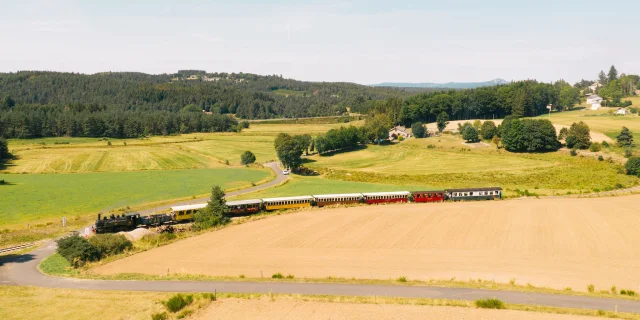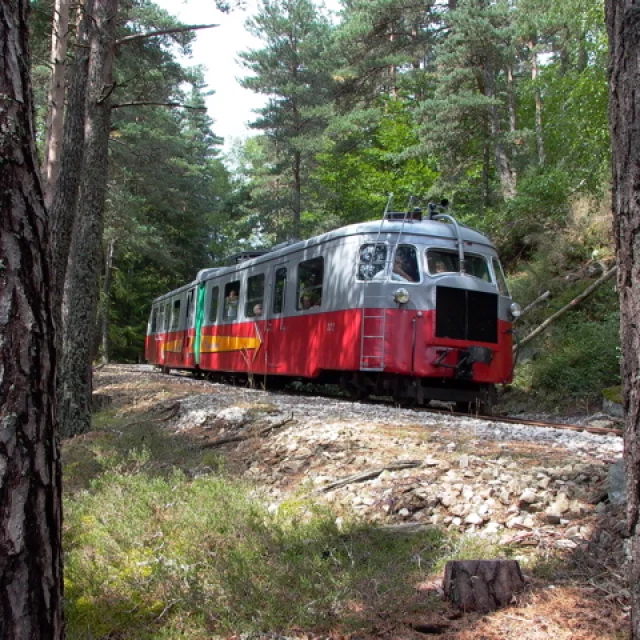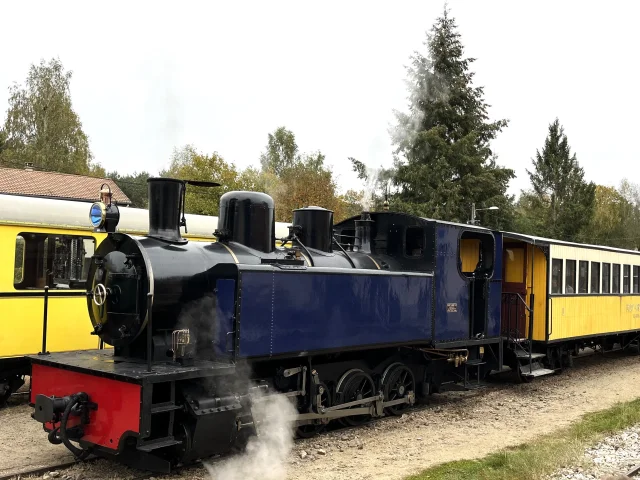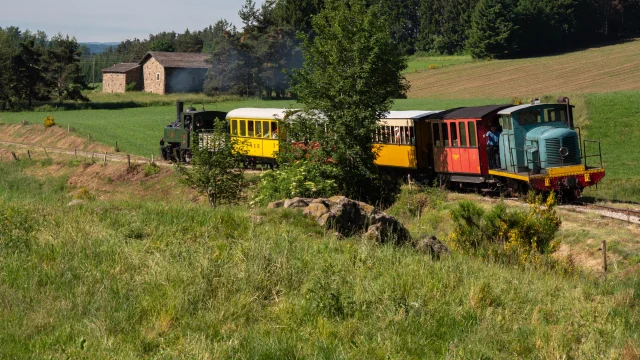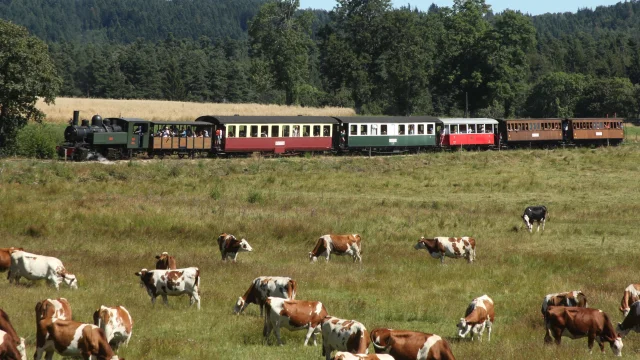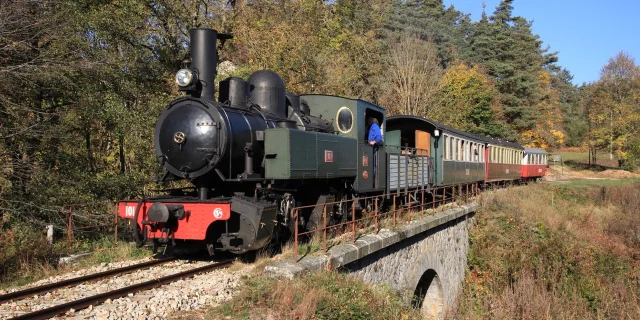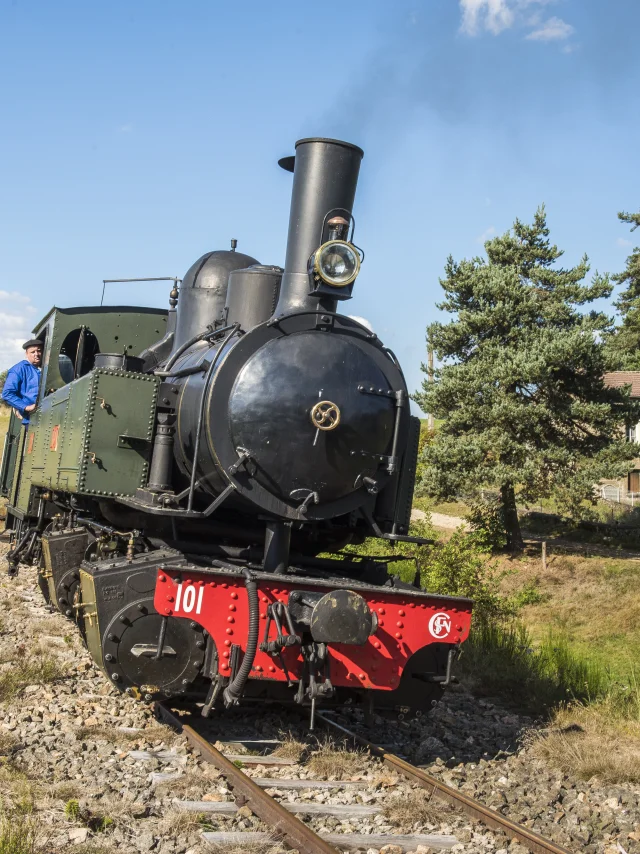The Chemins de Fer Départementaux (CFD), founded in 1881, signed an agreement in 1886 for the construction and operation of the following lines: La Voulte sur Rhône to Le Cheylard, Tournon-Lamastre and Lavoûte sur Loire to Yssingeaux connects Dunières to La Voulte-sur-Rhône, henceforth nicknamed by the inhabitants of the Plateau the “Ca file doucement” because of its dusty 20km/h speed. It’s easy to imagine the constraints created by the harsh winter weather during snowy spells, when large snowdrifts form, and the men hire out their hands by the day to help with the snow-clearing work, which didn’t prevent the train from being blocked for 9 days in 1909.
For all the villages it served, the Voies ferrées du Velay train – and today’s Velay Express – was a symbol of opening up to the outside world, of opening up the region, transporting goods such as the wood used to line the mining galleries in the Saint-Etienne basin, and passengers – who were soon joined by many tourists. The development of green tourism, which began before the First World War, enabled the inhabitants of the plateau’s villages to get to know “foreigners”. Hotels, guesthouses and children’s homes were built to accommodate these tourists, while farmers also got into the habit of welcoming holidaymakers into their homes and picking them up at the station!
 Velay Express
Velay Express 